Co Noi Junction Relic.
Bomb bags and swamps now become relics
Co Noi junction is located in a strategic position because it is the intersection between Highway 13 (from the Viet Bac War Zone) and Highway 41 (today's National Highway 6, from the plains, Inter-zone 3, Inter-zone 4). It can be said that all directions to Dien Bien Phu at that time had to go through Co Noi.
According to documents at the Co Noi relic site, at that time, the French colonialists determined: Whether or not they could cut off the transportation route at the Co Noi junction would decide the success or failure of Dien Bien Phu. Therefore, they mobilized the maximum potential of the air force, using bombs with great destructive power to attack this key point.
These days 70 years ago, at Co Noi intersection, nearly 70 tons of bombs were dropped every day. Detonation bombs, time-delayed bombs, napalm bombs, and butterfly bombs were dropped here many times more than at other key locations. This place became a "bomb bag", a giant swamp, and a fierce battlefield.
At that time, our forces that were regularly present here were the youth volunteers of units C293, C300, Team 34 and C403, C406, C408, Team 40. They fought steadfastly and creatively to keep the traffic and transportation system open and on time. Overcoming those fierce and arduous days of fighting, thousands of people lost a part of their body and were exhausted. At the end of the Dien Bien Phu Campaign, about 100 youth volunteers of Team 34 and Team 40 heroically sacrificed themselves at the Co Noi intersection.
To commemorate the contributions and sacrifices of the Youth Volunteers who contributed to the glorious victory of the Dien Bien Phu Campaign, Son La province built a memorial statue at Co Noi intersection. On October 22, 2000, the project began construction, with the Ho Chi Minh Communist Youth Union of Son La province as the investor. After nearly 2 years of construction, on May 7, 2002, the project was completed. Two years later, on April 29, 2004, the "Youth Volunteers Memorial" at Co Noi intersection was awarded a National Historical Relic Certificate by the Ministry of Culture and Information (now the Ministry of Culture, Sports and Tourism). Currently, on the road leading to Dien Bien, tourists often stop here to burn incense and commemorate the contributions of former Youth Volunteers who died for the Fatherland.
The monument was built with a group of three male Youth Volunteers in different positions, fighting bravely under the rain of bombs and bullets. On both sides of the monument are two reliefs depicting images expressing the spirit of “all for the frontline”, “all for victory” of our army and people against the French colonialists.
There is also an exhibition house, preserving 28 artifacts, including 15 artifacts and 13 photo documents. Among those artifacts is a “Letter to U” by a Youth Volunteer, recreating the fierce fighting moments, the times when planes were screaming through the sky. The letter reads: “From the days of opening the Northwest route, then fighting hard against enemy bombs and bullets to ensure traffic for the fierce Dien Bien Phu Campaign, my unit had the task of guarding the pass, facing difficulties and hardships. There were times when my brothers and I in the unit searched for and destroyed unexploded bombs, while enemy planes came overhead to bomb and drop tons of bombs in an attempt to block our supply route. But the brothers in the unit were determined to ensure that there would not be a single night of blockage…”.
Young people burn incense to commemorate martyrs at Co Noi.
Relive the days of victory
In February 1953, young man Lo Van Pom (born in 1931) in Co Noi village (Mai Son district), then 22 years old, volunteered to join the commune guerrilla team to participate in the resistance war against the French colonialists. Young man Pom participated in the Dien Bien Phu Campaign with the task of being a provincial liaison because he was familiar with the roads. Every night, he led soldiers and laborers from Co Noi intersection to Thuan Chau ( Son La ). “The youth at that time were very enthusiastic. Just calling “let’s join the army”, “let’s join the laborers” and we would set off. We were the first class of youth volunteers in Co Noi commune. Going with me were Mr. San, Mr. Tam, Mr. Bum…, many!”, the liaison man who was over 90 years old, with hair as white as silk, began the story.
Mr. Lo Van Pom.
After the Dien Bien Phu Campaign, Mr. Pom returned to sell goods for the Son La Commercial Department, and was then selected by the province to attend vocational training courses. After that, he was sent to Mai Chau district to work as a civil service officer, then to Co Noi commune to work until his retirement.
Mr. Pom said that in the first months of the Dien Bien Phu campaign, Co Noi intersection was not without bombing raids for a single day. “Enemy planes dropped bombs in batches, from 6am to 5pm. Every few hours, a group of planes would come to drop bombs. The planes dropped bombs from Co Noi village up to the area around the road intersection. The forest surrounding Co Noi intersection was bare like a field that had just been plowed. Every day there were hundreds of bomb craters, the previous batch of bombs had not yet been filled when the next batch arrived. At night, the frontline laborers and Youth Volunteers quickly leveled the craters so that the transport vehicles could pass. Just like that, the stream of people and vehicles flowed back up to Hat Lot, Na San (a place name in Mai Son district, heading north, towards Dien Bien - PV)... Food and ammunition from transport convoys from Nam Ha, Ninh Binh, Thanh Hoa, Nghe An followed the Ma River to Moc Chau. Then convoys from Yen Bai, Phu Tho, Tuyen Quang (Viet Bac War Zone) passed Chen Pass (an 11km long pass on National Highway 37, in Muong Khoa commune, Bac Yen district, Son La), Ta Khoa ferry (crossing the Da River on National Highway 37) "Route 37 in Bac Yen district must pass through Co Noi Intersection to move to the forward stations," Mr. Pom analyzed.
Mr. Pom’s mission at that time was to guide the soldiers and youths to evacuate into the valleys to avoid bombs during the day. At night, he led groups to logistics stations. Many times, he led groups to transport food up to Pha Din Pass (the border between Son La and Dien Bien today), then picked up wounded soldiers. Along this route, the groups had to pass through hundreds of logistics stations. Wherever there was a forest, there was our logistics station, each station was 20-30km apart.
“At that time, there were many soldiers, laborers, and Youth Volunteers… going all night long, never stopping. Each night, each group could only go about 20km because of the large number of people, heavy goods, and steep slopes. Going up a steep slope, the 200-300kg heavy carts had to be pushed by 2-3 people, from one cart to another. The person carrying the carts carried ammunition and food weighing about 20-30kg. Passing through the stations, if tired, they would stop to rest there. There were rice balls here. That was cooked rice, put in a muslin cloth and squeezed tightly. Each person passing through was given 2 balls, to eat for breakfast and dinner. Drinking water was taken from the stream. Sleeping at the stations, they spread leaves out to make mats, and just slept with their clothes on. Mosquitoes and leeches bit a lot, causing many people to get malaria…” Speaking of this, Mr. Pom stopped, then said: “At that time, I was also scared, it was very difficult. But as a young man, determination meant victory!”
During his journey as a liaison, he traveled thousands of kilometers, leading countless soldiers and laborers to support the battlefield.
(To be continued)
Source: TPO
Source


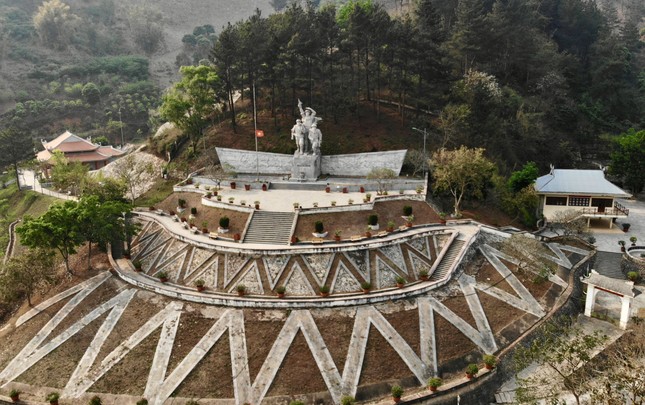
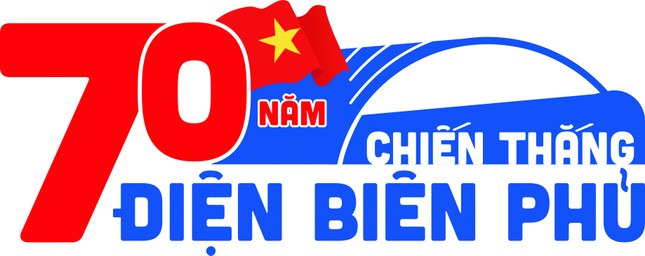
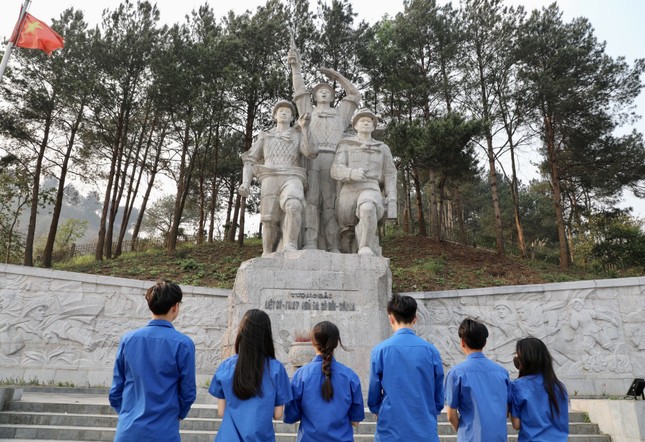
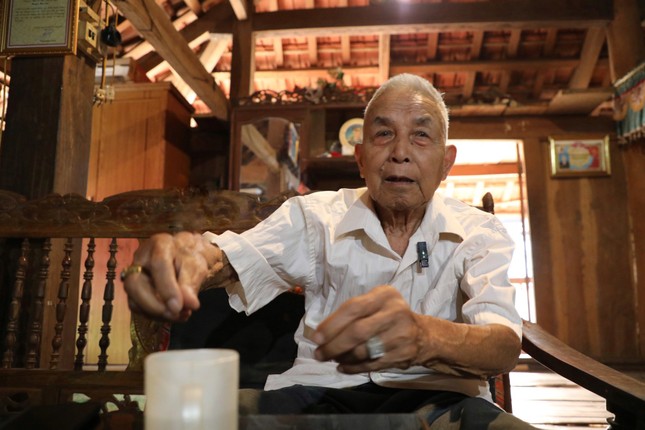


![[Photo] Prime Minister Pham Minh Chinh meets with South African President Matamela Cyril Ramaphosa](https://vphoto.vietnam.vn/thumb/1200x675/vietnam/resource/IMAGE/2025/10/23/1761226081024_dsc-9845-jpg.webp)


![[Photo] President Luong Cuong holds talks with South African President Matamela Cyril Ramaphosa](https://vphoto.vietnam.vn/thumb/1200x675/vietnam/resource/IMAGE/2025/10/23/1761221878741_ndo_br_1-8416-jpg.webp)
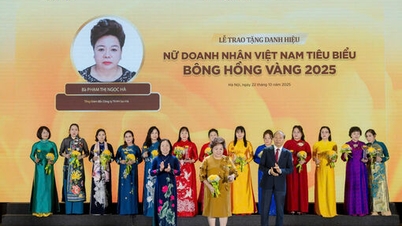

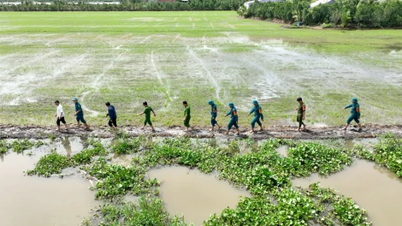


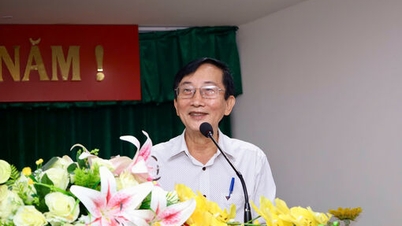
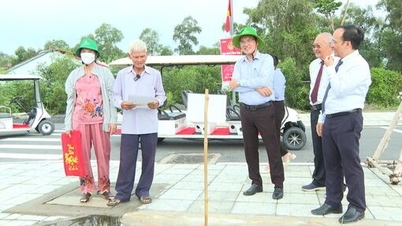
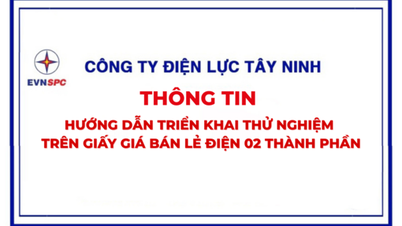
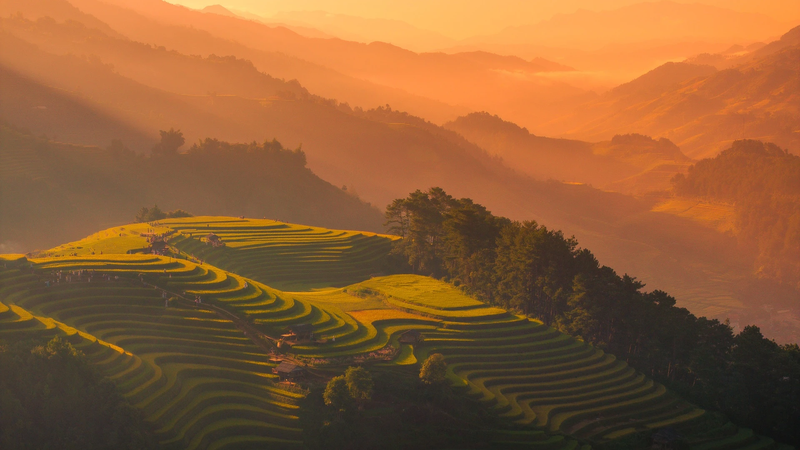

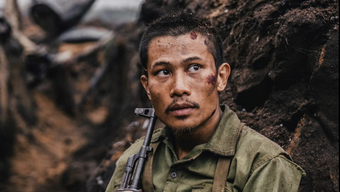

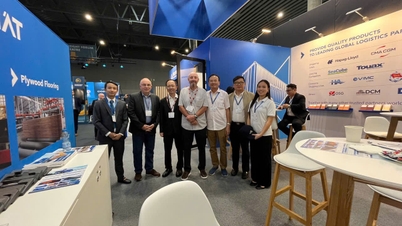
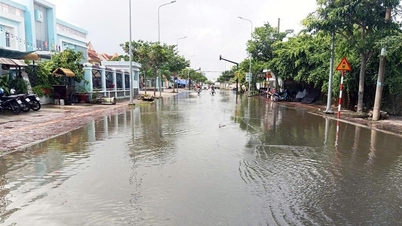
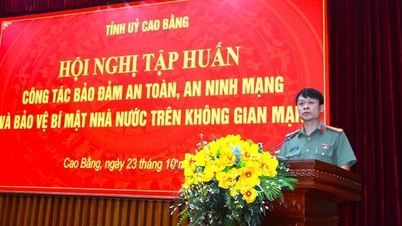
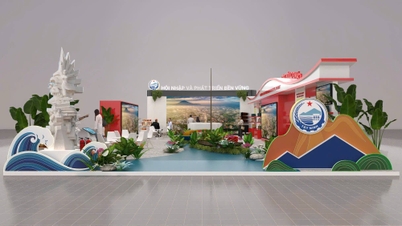
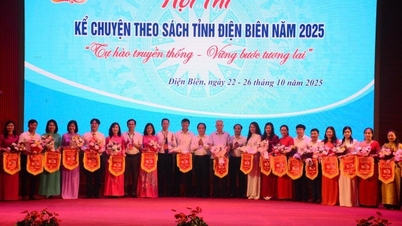
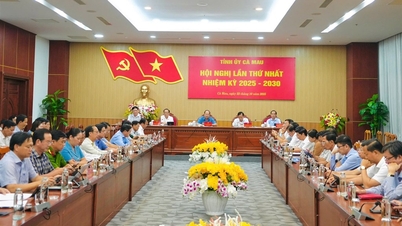










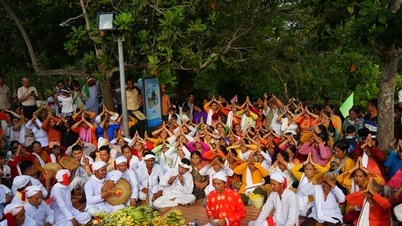

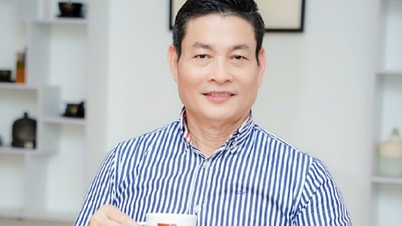





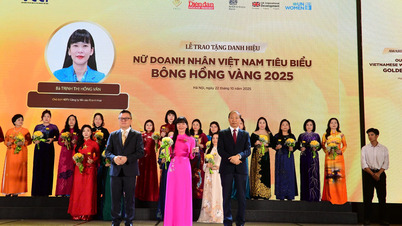

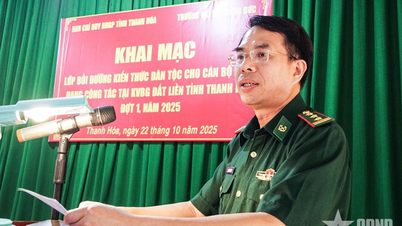

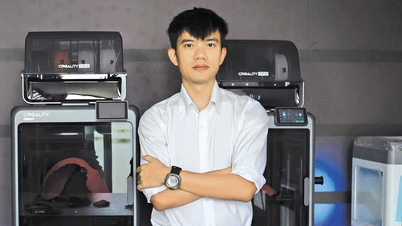

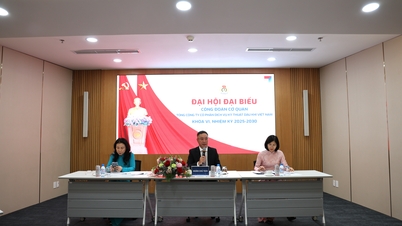

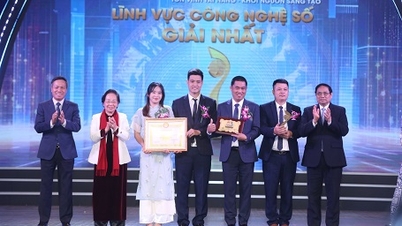
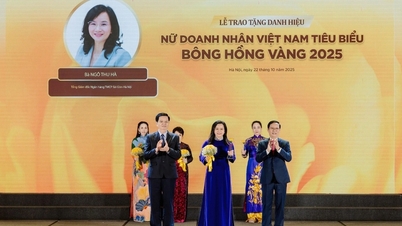
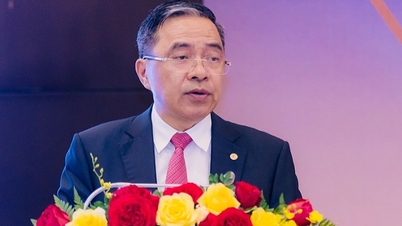






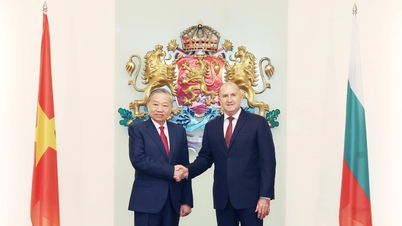
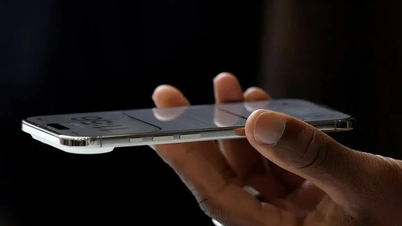


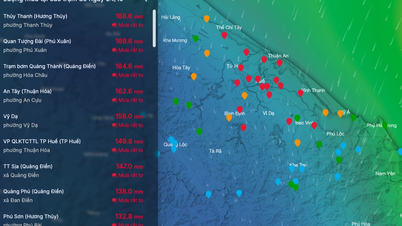
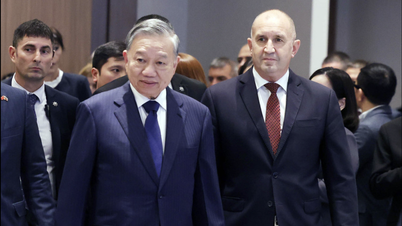
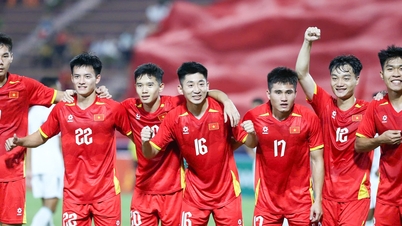
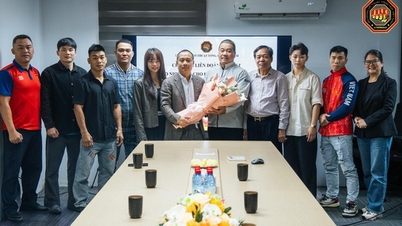

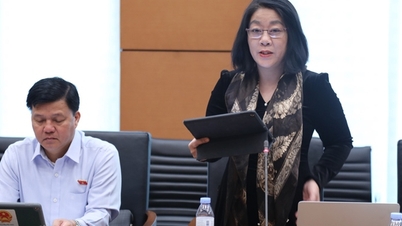

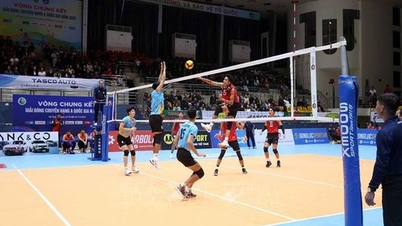
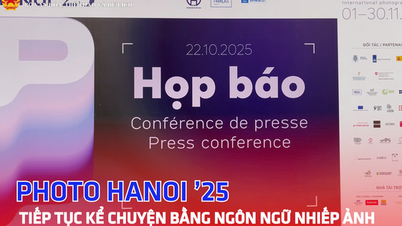
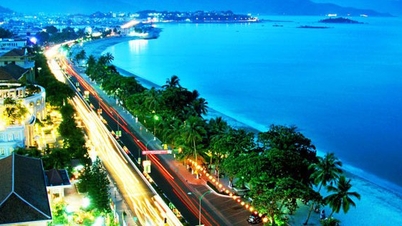


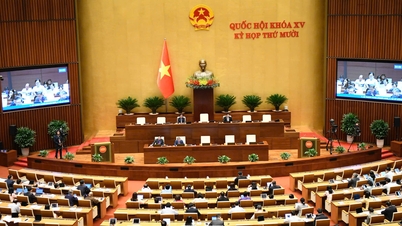






















Comment (0)